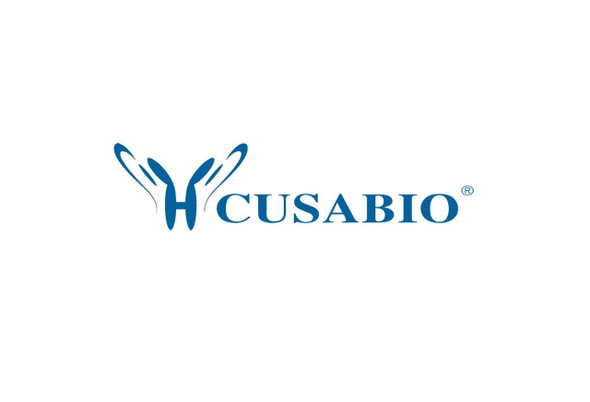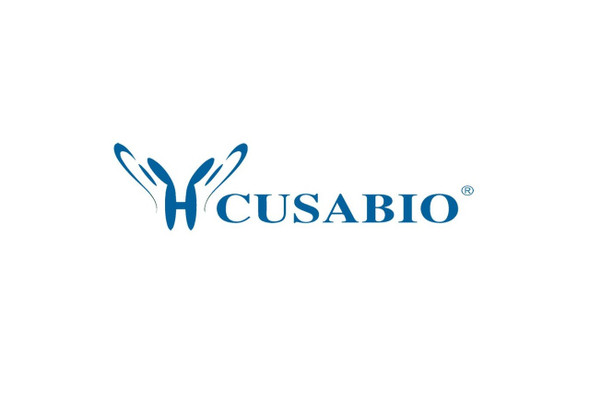Cusabio Oryctolagus cuniculus Recombinants
Recombinant Rabbit C-X-C motif chemokine (CXCL9) | CSB-EP006252RB
- SKU:
- CSB-EP006252RB
- Availability:
- 13 - 23 Working Days
Description
Recombinant Rabbit C-X-C motif chemokine (CXCL9) | CSB-EP006252RB | Cusabio
Alternative Name(s): /
Gene Names: CXCL9
Research Areas: Immunology
Organism: Oryctolagus cuniculus (Rabbit)
AA Sequence: SPIMRNGRCSCISSTQGKIHLQSLKDLKQFSPSPSCGKTEIIATKKDGTQICLNPDSTEVKELVEKWKKQSSPKKKQKKGKKQRKVKKSLKKSQRPHQKKTA
Source: E.coli
Tag Info: N-terminal 6xHis-SUMO-tagged
Expression Region: 23-124aa
Sequence Info: Full Length of Mature Protein
MW: 27.5 kDa
Purity: Greater than 90% as determined by SDS-PAGE.
Relevance:
Reference: "Genome Sequence of Oryctolagus cuniculus (European rabbit)."The Genome Sequencing PlatformDi Palma F., Heiman D., Young S., Gnerre S., Johnson J., Lander E.S., Lindblad-Toh K.Submitted (AUG-2009)
Storage: The shelf life is related to many factors, storage state, buffer ingredients, storage temperature and the stability of the protein itself. Generally, the shelf life of liquid form is 6 months at -20?/-80?. The shelf life of lyophilized form is 12 months at -20?/-80?.
Notes: Repeated freezing and thawing is not recommended. Store working aliquots at 4? for up to one week.
Function:
Involvement in disease:
Subcellular Location:
Protein Families:
Tissue Specificity:
Paythway:
Form: Liquid or Lyophilized powder
Buffer: If the delivery form is liquid, the default storage buffer is Tris/PBS-based buffer, 5%-50% glycerol. If the delivery form is lyophilized powder, the buffer before lyophilization is Tris/PBS-based buffer, 6% Trehalose, pH 8.0.
Reconstitution: We recommend that this vial be briefly centrifuged prior to opening to bring the contents to the bottom. Please reconstitute protein in deionized sterile water to a concentration of 0.1-1.0 mg/mL.We recommend to add 5-50% of glycerol (final concentration) and aliquot for long-term storage at -20?/-80?. Our default final concentration of glycerol is 50%. Customers could use it as reference.
Uniprot ID: U3KNX2
HGNC Database Link: N/A
UniGene Database Link: N/A
KEGG Database Link: N/A
STRING Database Link: N/A
OMIM Database Link: N/A









